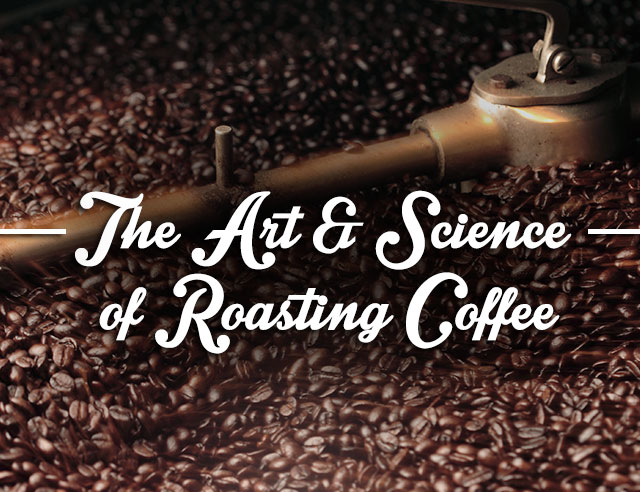![the-art-scence-of-roasting-coffee02[1]](https://tangentcoffeeroasters.com/wp-content/uploads/2020/09/the-art-scence-of-roasting-coffee021.jpg)
The Art & Science of Roasting Coffee
Roasting coffee is both an art and a science. Skillful execution of the roasting process is essential because it transforms the properties of a green coffee bean into drinkable coffee. Roasting brings out the natural flavor and aroma locked inside the green beans. Without roasting, coffee would not have almost no flavor.

During roasting, coffee beans are brought to very high temperatures, and then quickly cooled until they are at the roast level preferred by the master roaster.

Expert roasters go through years of training to obtain the ability to “read” beans and make roasting decisions quickly. There are few industry standards for roasting because of the huge role the individual roaster plays in determining the flavor of the batches.

Roasts usually fall into one of four categories: light, medium, medium-dark, and dark. Each one has a different color, due to the amount of time it has been roasted, and a specific flavor, because of the changes that the process causes.

Light Roasts
Light roasts have a light brown color with no oil on the surface. They taste like toasted grain and have a distinctive acidity.
Medium Roasts
Medium roasts are a medium-brown color ,with a slightly heavier body than light roasts. They have more caffeine than darker roasts with more balanced flavor, aroma, and acidity.
Medium-Dark Roasts
A rich, dark color is the hallmark of a medium-dark roast. They have some oil on the surface of the beans and a heavier body compared to lighter roasts.
Dark Roasts
Dark roasted coffee is a deep brown color and often looks almost black. It has a layer of oil on the surface and can have a bitter, almost burnt, flavor.



